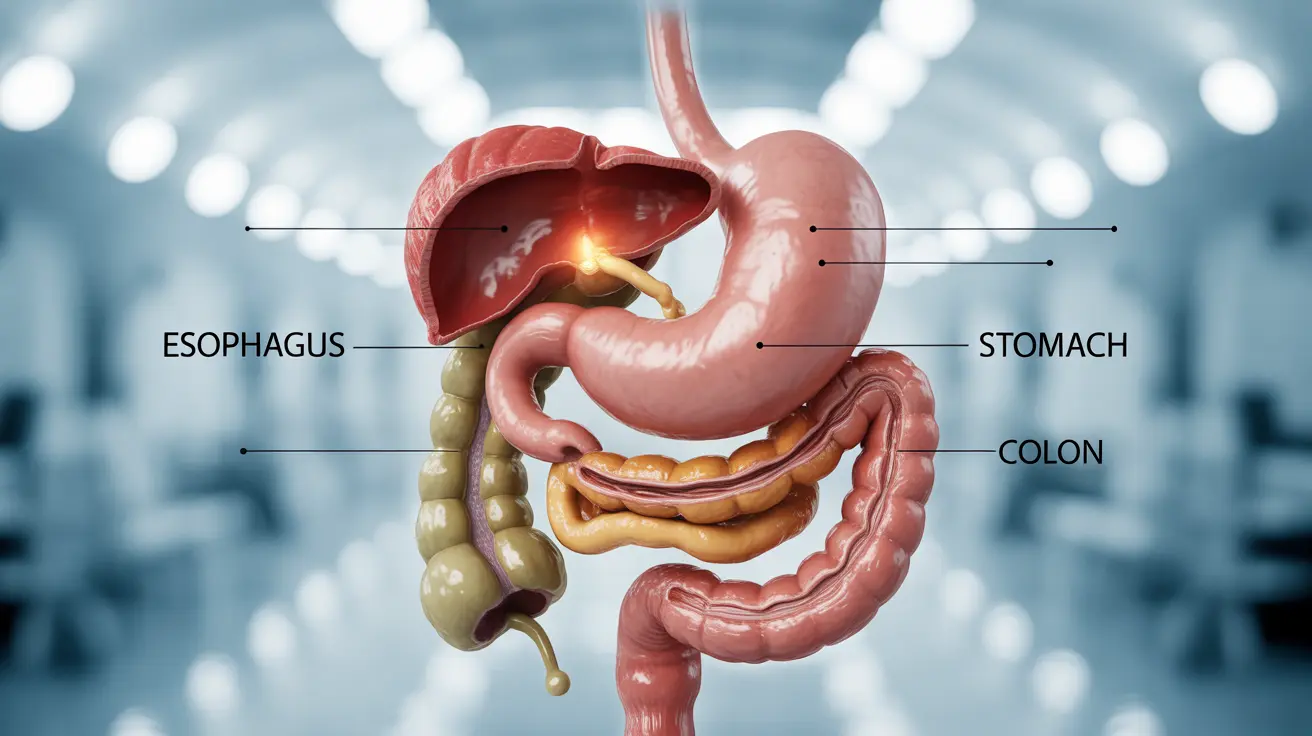Having both an endoscopy and colonoscopy performed during the same session is becoming increasingly common in modern medical practice. This combined approach allows doctors to examine both your upper and lower digestive tract in a single visit, providing a comprehensive evaluation of your digestive health while minimizing the overall impact on your schedule and recovery time.
Understanding what to expect when having these procedures together can help ease any anxiety and ensure you're properly prepared. Let's explore everything you need to know about undergoing a combined endoscopy and colonoscopy procedure.
Understanding the Combined Procedure
A combined endoscopy and colonoscopy procedure involves examining both ends of your digestive system during the same medical visit. During the endoscopy, a thin, flexible tube with a camera examines your upper digestive tract, including your esophagus, stomach, and the beginning of your small intestine. The colonoscopy uses a similar instrument to examine your large intestine and rectum.
Preparation Requirements
Preparing for both procedures requires careful attention to medical instructions. Your preparation will typically include:
- Fasting from food and clear liquids for 8-12 hours before the procedure
- Completing a bowel preparation regimen
- Adjusting or temporarily stopping certain medications
- Arranging for someone to drive you home after the procedure
Your doctor will provide detailed instructions specific to your situation, which may vary based on your medical history and the timing of your procedure.
Benefits of Having Both Procedures Together
There are several advantages to having both procedures performed in one session:
- Single administration of anesthesia
- One recovery period instead of two
- Fewer days taken off work
- Reduced overall medical costs
- More comprehensive diagnostic information in a single visit
The Procedure Process
Before the Procedure
Upon arrival at the medical facility, you'll change into a hospital gown and have your vital signs checked. The medical team will review your medical history and any medications you're taking. An IV line will be placed for the administration of sedation.
During the Procedure
Typically, the endoscopy is performed first, followed immediately by the colonoscopy. You'll be under conscious sedation or general anesthesia throughout both procedures. The entire process usually takes between 45-60 minutes.
Recovery and Aftercare
Recovery from a combined procedure is similar to recovering from either procedure individually. You can expect:
- To spend 30-60 minutes in the recovery area
- Mild throat soreness from the endoscopy
- Some bloating or gas from both procedures
- To resume normal activities the next day
- To gradually return to your regular diet
Frequently Asked Questions
What should I expect during a combined endoscopy and colonoscopy procedure? You can expect to be sedated throughout both procedures, which typically last 45-60 minutes total. The medical team will examine your upper digestive tract first, followed by your lower digestive tract, all while you're comfortable and unaware.
How do I prepare for having an endoscopy and colonoscopy at the same time? Preparation includes fasting for 8-12 hours, completing a bowel preparation regimen, adjusting medications as directed by your doctor, and arranging for someone to drive you home after the procedure.
What are the benefits and risks of having an endoscopy and colonoscopy done in one session? Benefits include single anesthesia exposure, one recovery period, fewer days off work, and cost savings. Risks are similar to having the procedures separately and include mild bleeding, infection, or reaction to sedation, though serious complications are rare.
How long does it take to recover after undergoing both endoscopy and colonoscopy together? Most patients recover within 24 hours. You'll need someone to drive you home after the procedure, and you should rest for the remainder of the day. Most people return to normal activities the following day.
Why might my doctor recommend having an upper GI endoscopy and colonoscopy performed on the same day? Your doctor may recommend this combined approach if you have symptoms affecting both your upper and lower digestive tract, need screening for multiple conditions, or have a family history of digestive disorders that warrant comprehensive evaluation.




